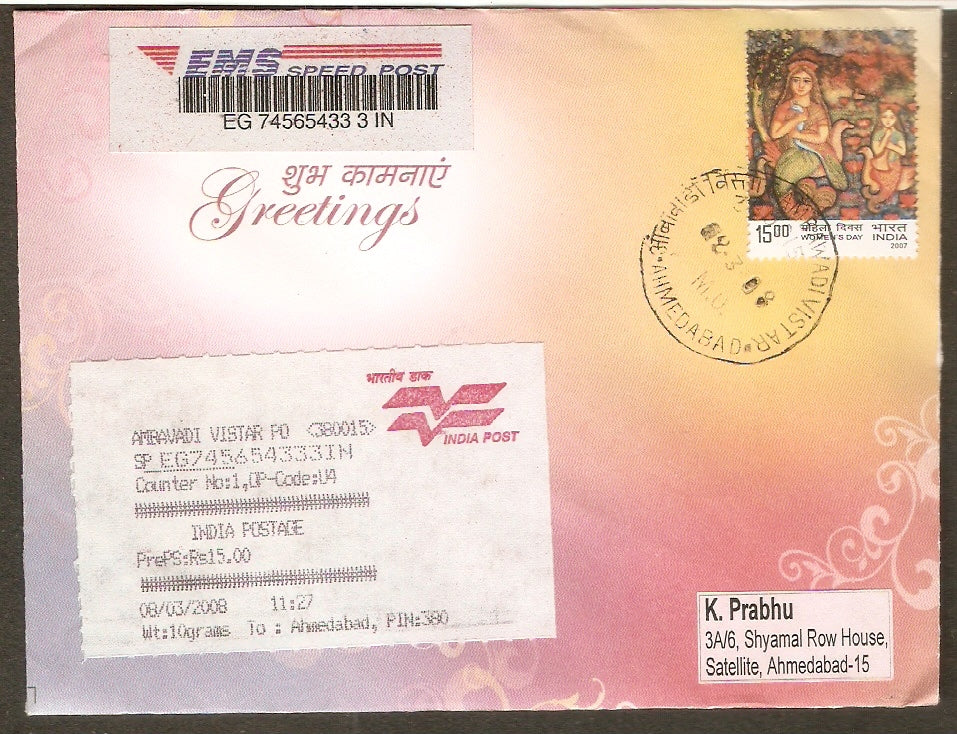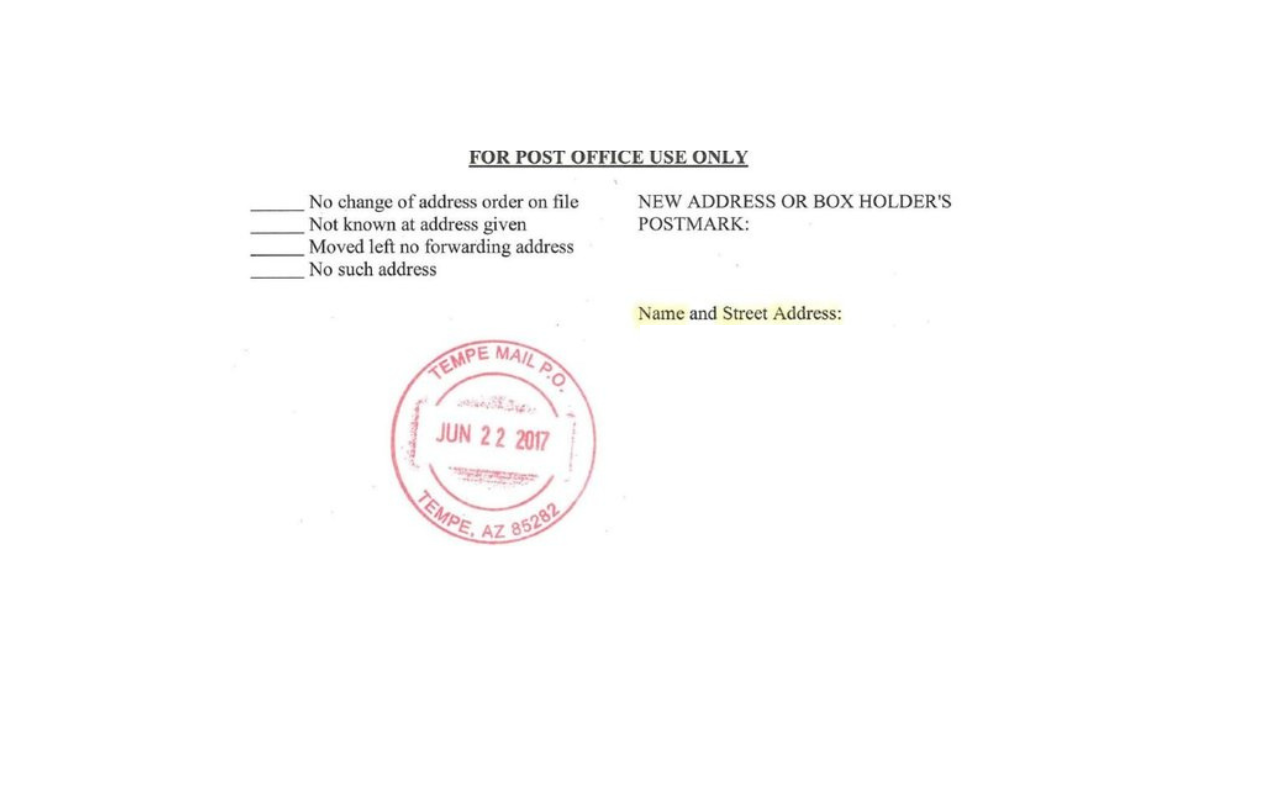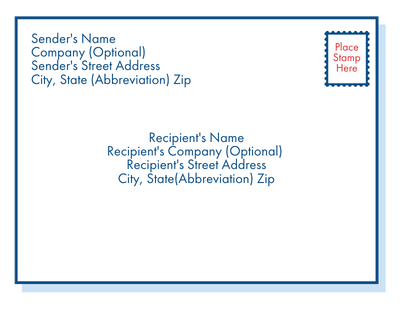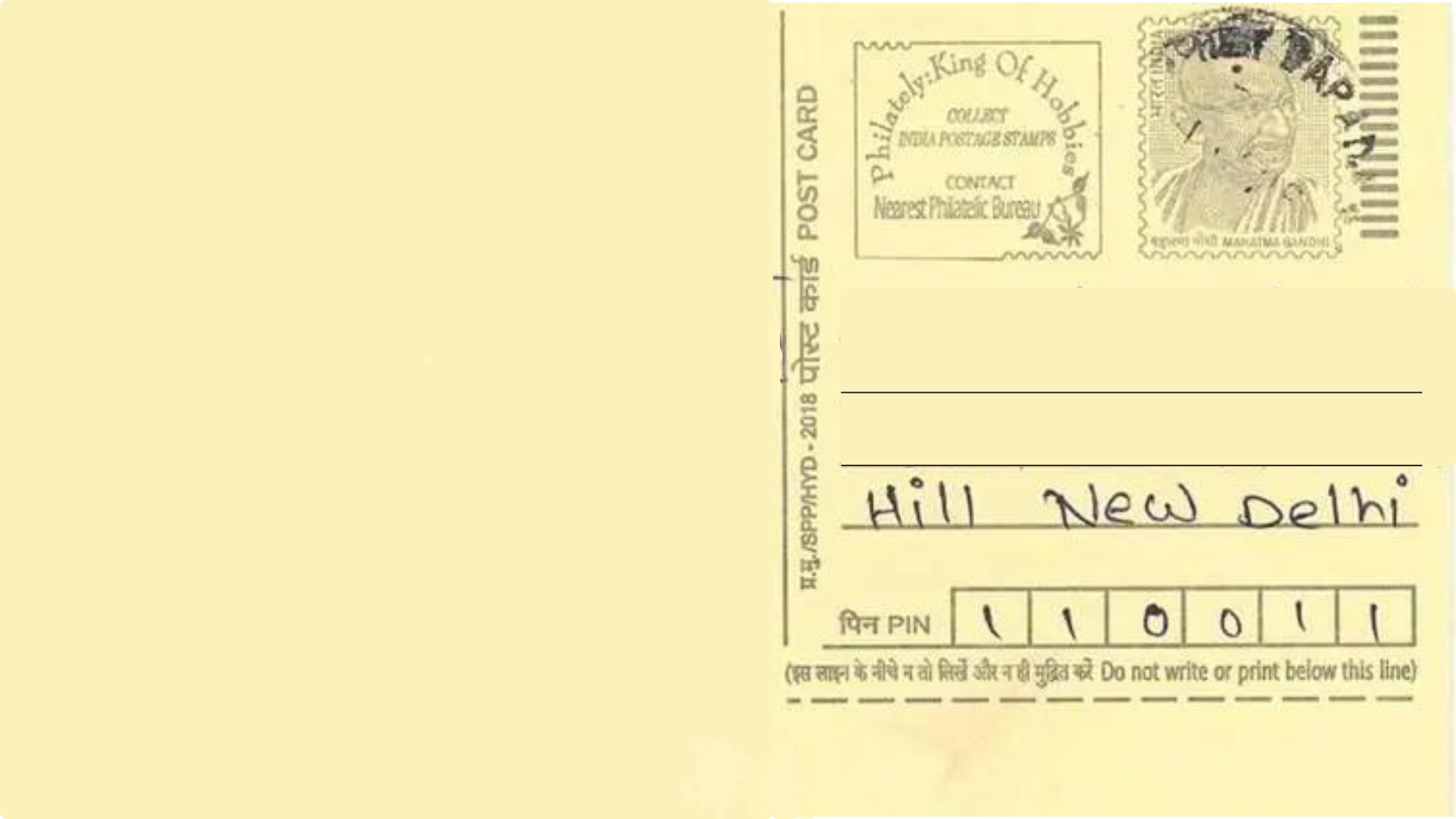Contents:
Addressing an envelope correctly is essential for ensuring your mail reaches its destination efficiently. Envelopes are more than just carriers of your message—they create the first impression, reflect your effort, and add a personal touch.
For India Post, there are specific guidelines for addressing envelopes, from recipient and sender details to barcode and stamp placement. Whether you’re sending formal wedding invitations, business correspondence, or family mail, having a proper knowledge about these requirements helps ensure proper delivery.
Here’s a comprehensive guide to addressing an India Post envelope, for various occasions and tips to avoid delays or returns.
Significance of an Envelope
Envelopes play an important role in communication, creating first impressions, showing effort and consideration, adding a personal touch, and enhancing the delivery of messages. Let’s discuss these significances elaborately below.
Creating First Impression: The envelope is the first thing your receiver sees and it forms their first impression of you. It shows who you are and what you stand for.
Improved Communication: How you deliver a message is crucial. Envelopes help you grab attention and make a strong impression, highlighting their importance in communication.
Envelope Show Efforts: It’s not just about the cost, it’s about the effort. Using postage shows you’ve prepared and understand what the recipient expects. It reflects the thoughtfulness and care you put into sending valuable information.
Personal Touch: Envelopes are addressed to specific people by making them feel special. It’s about connecting personally, not just promoting yourself.
How To Address an Envelope of India Post?
The envelope format for India Post requires careful attention to placement and spacing. From recipient and sender details to barcode and stamp placement, here’s how to prepare your mail effectively and efficiently.
Recipient and Sender Addresses: Write the recipient’s address on the front and sender’s address on the back. Leave at least 15 mm blank space on the left, bottom, and right sides of the envelope.
Company Logo and Stamps: If you have a company logo, place it on the top left corner of the envelope. Stamps and frank impressions should go on the top right corner, keeping a 10 mm gap from the recipient’s address block.
Address Position: Ensure the recipient’s address block starts at least 40 mm from the top of the envelope.
Stamps & Frank Impressions Area: Stamps or frank impressions should fit within an area of 74 mm.
Barcode Space: Leave a 15 mm space at the bottom of the envelope for barcode printing, with a 5 mm clear space around the 2D barcode.
Logo and Barcode Size: The sender’s logo should not exceed 25 x 50 mm. The 2D barcode should be at least 18 x 18 mm.
Barcode Visibility: The printed barcode, including the clear space around it, should be at least 60 mm long and 10 mm wide. It should be clearly visible on the envelope.
Quiet Zone for Address Block: Maintain a blank area of at least 10 mm around the address block if there is an advertisement printed on an envelope or inland letter card.
Envelope Addressing Guidelines for Specific Occasions
Different events require different addressing methods on envelopes. For formal occasions such as business events, weddings, and condolences, the addressing procedure varies. Some of the specific occasions are mentioned below.
Wedding Invitations: For formal wedding invitations, include the recipient’s full name and complete address on the envelope to convey respect and formality.

Source: philindiastamps.com
PO Box Addresses: When sending a letter to a PO Box, ensure the recipient’s name, city, state, and zip code are clearly written on the envelope.

Business Correspondence: For business letters, include the company or department name along with the recipient’s name to ensure it reaches the correct person.

Source: certifiedmaillabels.com
Postcards: On postcards, omit the sender’s address and name. Instead, write a short note and the recipient’s name on the right side of the card, along with a postage stamp.

Family Mail: When addressing an envelope to a family, you can use the family’s surname in the recipient’s space or list each family member’s name for a more personal touch.
Important Tips To Avoid Delay or Return of Parcels
To avoid delays or returns of parcels, ensure accurate addressing, proper placement of addresses, and enhance readability for efficient and timely delivery.
Ensure Accurate Addressing: Always write the full and correct address to ensure your parcel reaches its destination quickly. Include all necessary details, such as street name, city, state, and the PIN code, to avoid any confusion or delays in delivery.
Proper Address Placement: Correctly place the address on the parcel for efficient processing. Write the recipient’s address prominently on the front side of the envelope, and include the sender’s address on the back side. This helps postal workers handle your parcel more efficiently.
Enhance Readability: Make sure the address is easy to read. Print or type the address clearly, using a pen or printer. Avoid using periods, commas, or other punctuation marks that might be confusing.
Stamps Required When Addressing An Envelope
Calculating postage price for parcels or letters is straightforward, and you can always consult your local post office for assistance. Different types of mail have varying postal rates. Here’s a quick guide for this:
Postcards: Postage stamps ranges from INR 0.50 to INR 6, depending on the postcard type.
Inland Letters: Require a postage stamp valued at INR 2.50.
Letters (up to 2 kg): Require stamps valued at INR 5.
Conclusion
Envelope addressing for India Post involves more than just writing an address, it requires careful attention to detail and adherence to specific guidelines. By correctly placing the recipient and sender addresses, ensuring proper spacing for logos and stamps, and maintaining clear areas for barcodes, you enhance the efficiency and reliability of mail delivery.
Whether sending formal invitations, business letters, or personal messages, following these guidelines ensures your mail reaches its destination promptly. Remember, a well-addressed envelope not only conveys professionalism and care but also reflects the sender’s thoughtful effort in communication.
FAQs:
Ques: Number of stamps required on a parcel?
Ans: The number of stamps needed on an envelope depends on the size and weight, including the location of the parcel. It can be one, two, or more. Postcards require postage stamps ranging from INR 0.50 to INR 6. Inland letters require stamps valued at INR 2.50, whereas, letters, up to 2 Kg, need stamps valued at INR 5.
Ques: Why is it necessary to put the correct address right on envelopes?
Ans: The correct address on an envelope ensures that it reaches its exact destination. The slightest change in the Pincode or location could make it difficult to find and reach its destination.
Ques: Are there any instructions to write an address on the envelope?
Ans: Yes. Always check to ensure you are following an up-to-date address. It should be neatly written for easy understanding. There might be chances that some post offices have certain rules that are to be followed but a standard format is to write the receiver’s address on the front side, whereas the sender’s address should be on the back side of the envelope.
Ques: Can I use abbreviations when writing the address?
Ans: Generally, it is not allowed but for some words like- Apt. for apartments, and St. for streets can be accepted. Try to avoid using abbreviations for clarity.
Ques: Is rewriting or making mistakes valid on the envelope?
Ans: It is better to discard the envelope if you make any mistake. It will look untidy and cause difficulty in understanding the correct address due to rewriting. It is advisable to start on a fresh envelope if any mistake happens.
Ques: Can we decorate the envelope before sending it?
Ans: Yes, you can decorate or put stickers on your envelope for a more personal touch but only if it does not hide the main information.





















